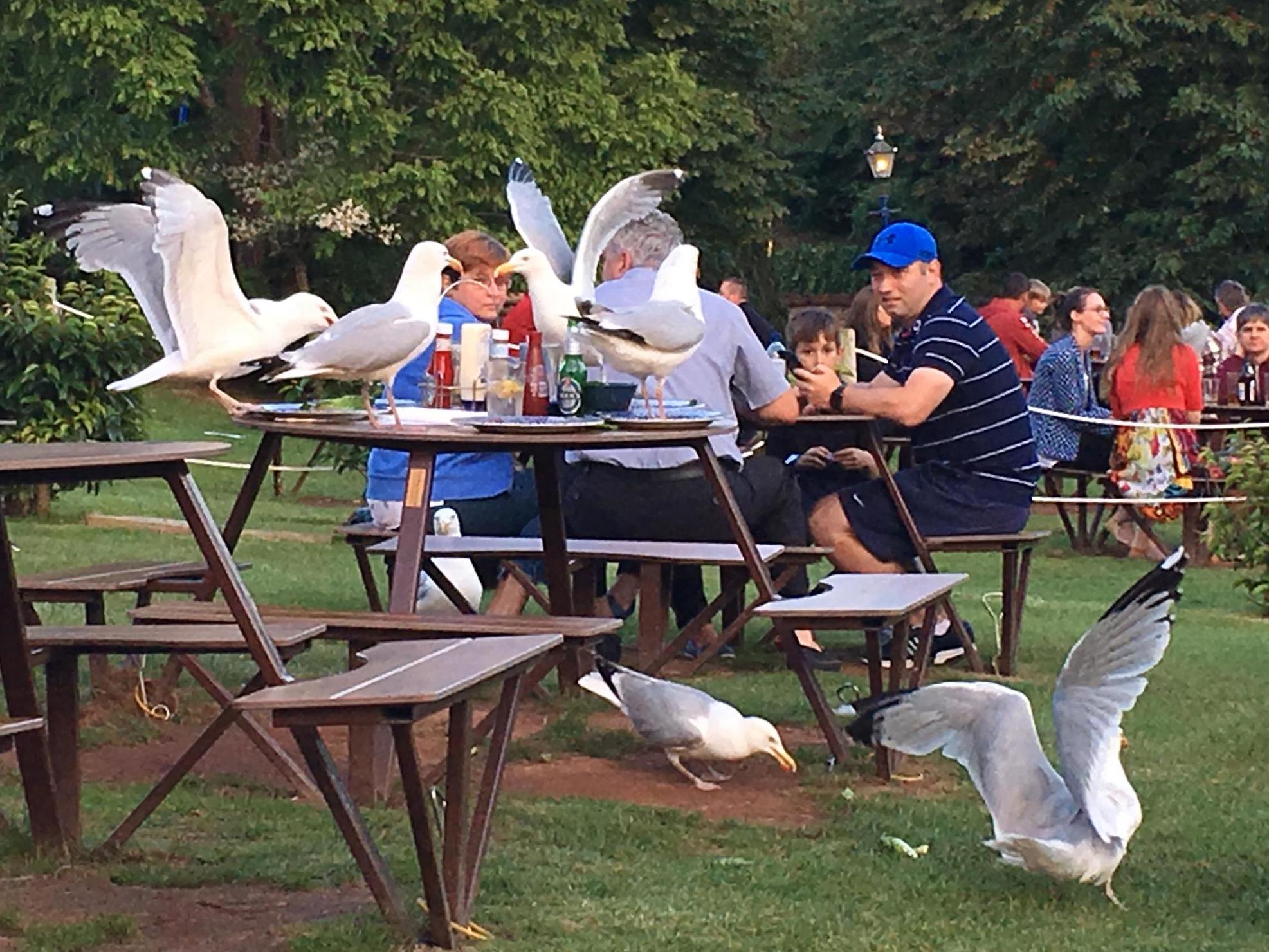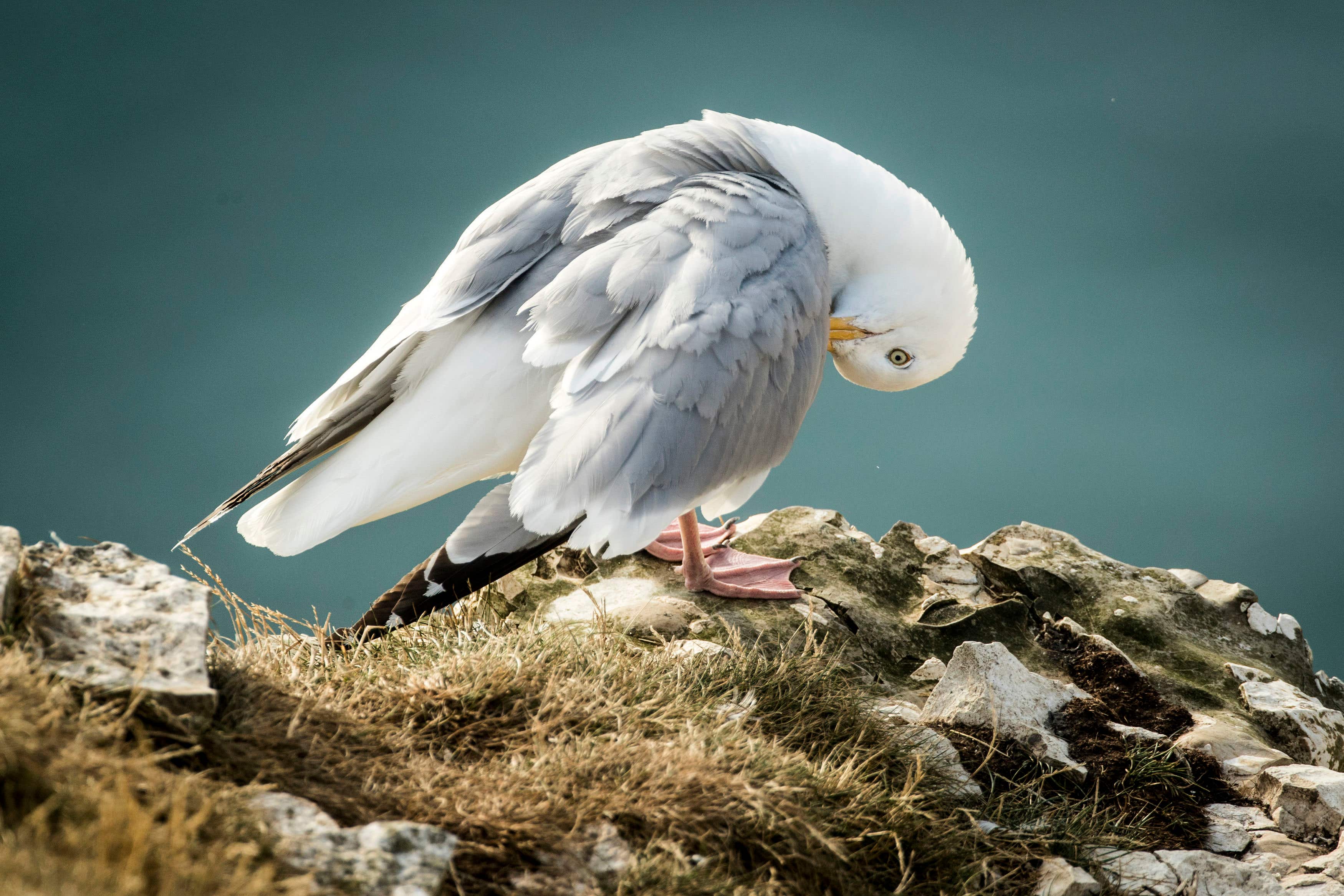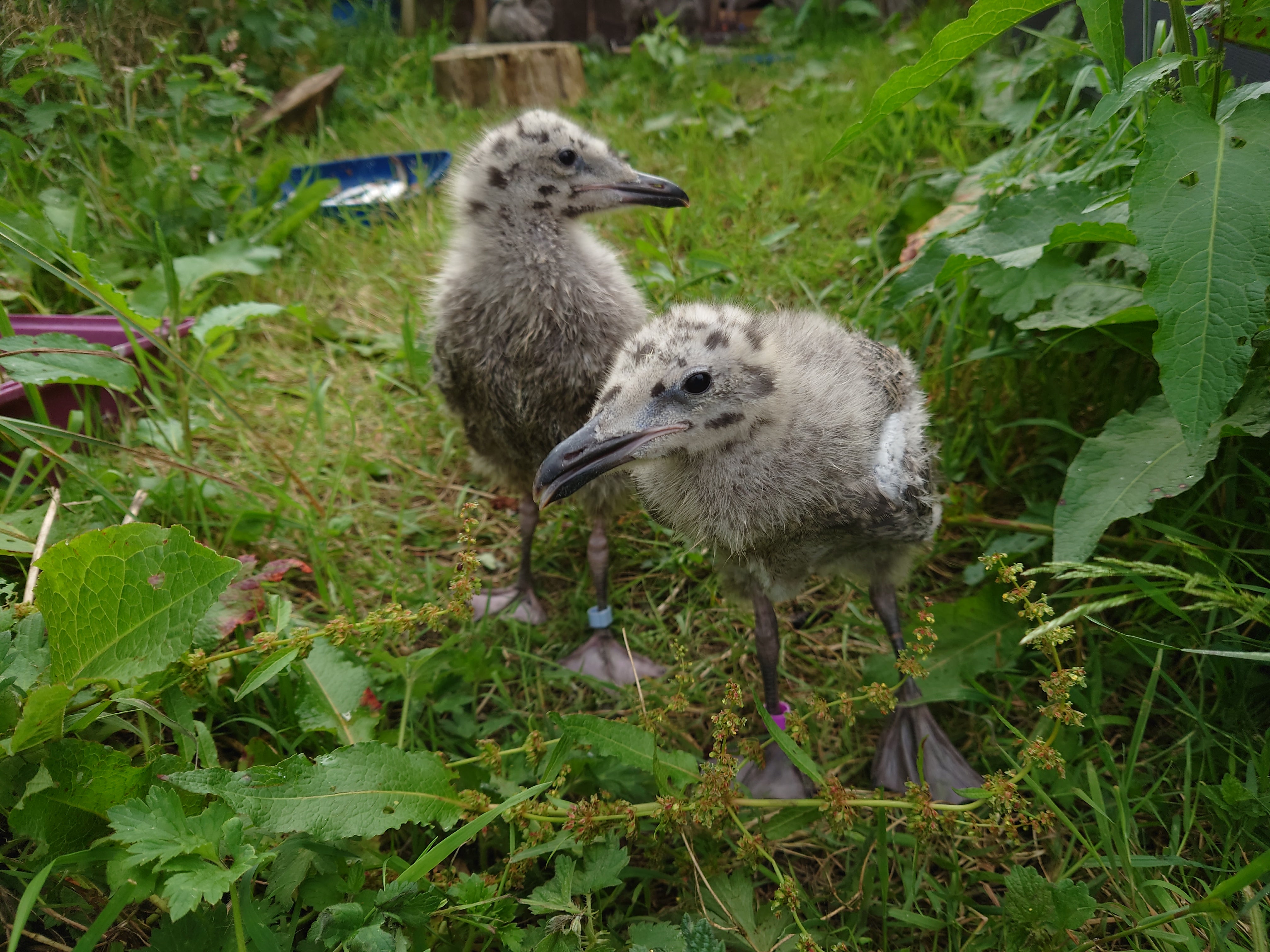Study finds what food divebombing seagulls actually prefer
Herring gulls have gained notoriety in recent years, often snatching food from people’s takeaway boxes or scavenging

Seagulls may try to steal your sandwich or chips this summer holiday but what would they eat if they had a choice?
A study has tried to find out just that, and it turns out it’s our sushi we should be protecting.
Scientists have found that the birds still prefer their own cuisine – raw fish.
Given a choice, chicks raised on an “urban” diet of bread and cat food showed more interest in meals that would normally come through foraging, such as mackerel and sprat.
Emma Inzani, from the Centre for Ecology and Conservation on Exeter’s Penryn Campus in Cornwall, said: “Even when reared on an ‘urban’ diet of foods found only around people, these chicks might be unlikely to seek out urban foods as adults.
“Human-associated foods are often both reliably present and easy to obtain – but when fish is available they clearly prefer it.”
She said easy access to human foods, combined with reduced fish numbers in UK waters, mean “it is not as profitable for gulls to spend a lot of energy going out to sea to forage”.
Herring gulls have gained notoriety in recent years, often snatching food from people’s takeaway boxes or scavenging for leftovers.
There have also been reports of seagulls going into people’s homes and eating cat food.

But due to population decline, herring gulls are now on the UK’s List of Highest Conservation Concern.
For the study, published in the journal PeerJ, the researchers observed 27 chicks that had been rescued after falling off roofs in towns across Cornwall.
Half were on a diet of 80% urban food, which was mostly brown bread and cat food (in chicken, turkey, lamb and beef flavours), and 20% seafood, made up of whole mackerel and sprats and cooked mussels.
The rest were given the opposite diet.

Results showed both groups favoured fish, even those on the “urban” diet.
Previous research has shown parent gulls often switch to finding more seafood once their chicks hatch.
The researchers said the chicks’ preference for fish, which has more nutrients than human-made meals, appears to reinforce this behaviour.
Dr Neeltje Boogert, research fellow in behavioural ecology at the University of Exeter, said: “Animals can live and exploit urban areas for human food waste.
“However, this does not necessarily mean they’re thriving or that they prefer this food, rather than making the best of a bad situation.
“More research is needed to investigate how the food young animals receive affects their later life, including their food choices, health and breeding.”
The study was funded by the Natural Environment Research Council and the Royal Society.
Bookmark popover
Removed from bookmarks